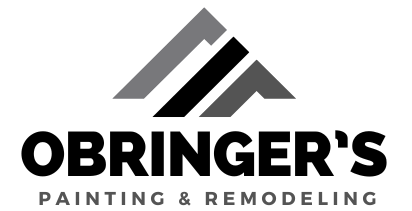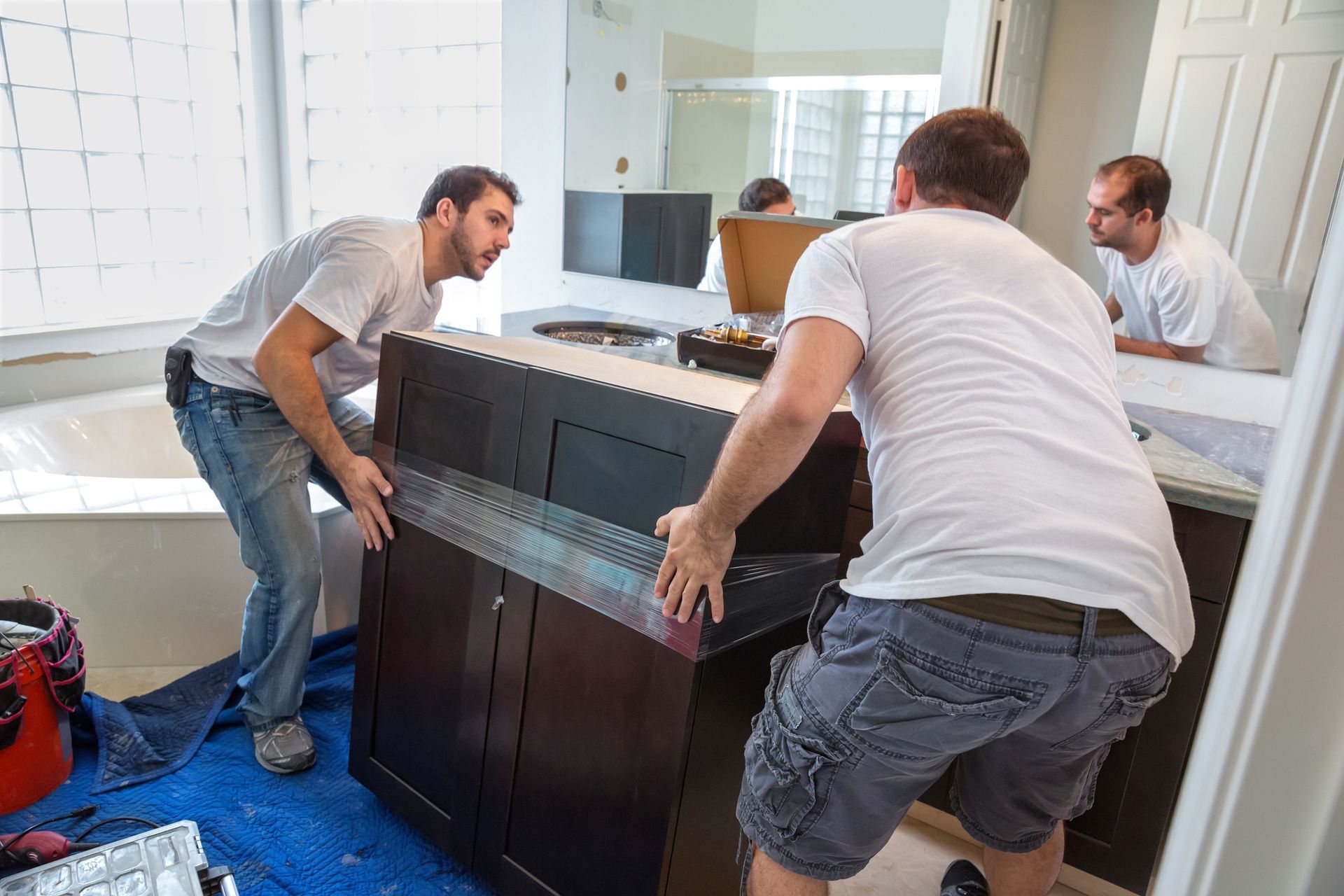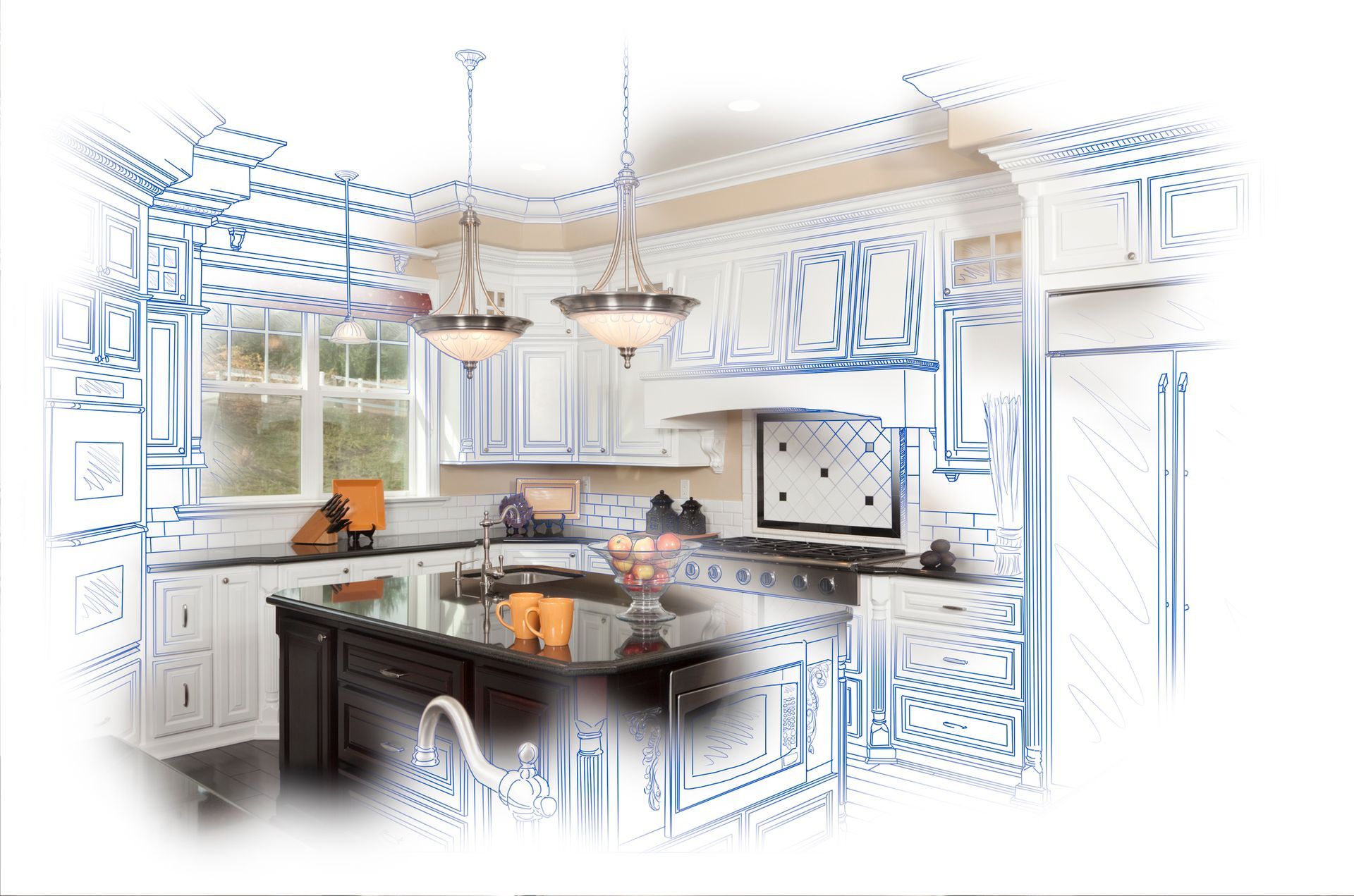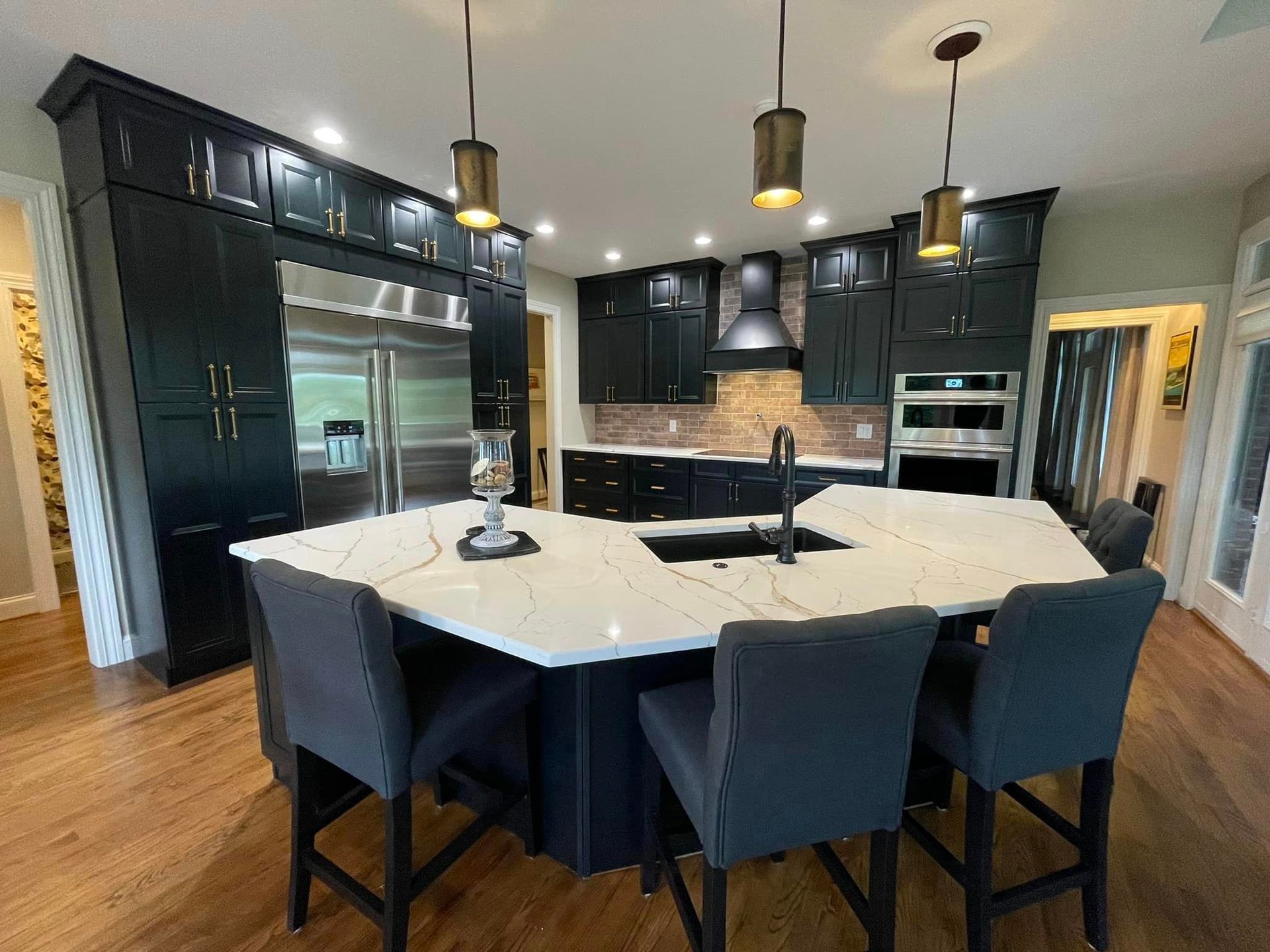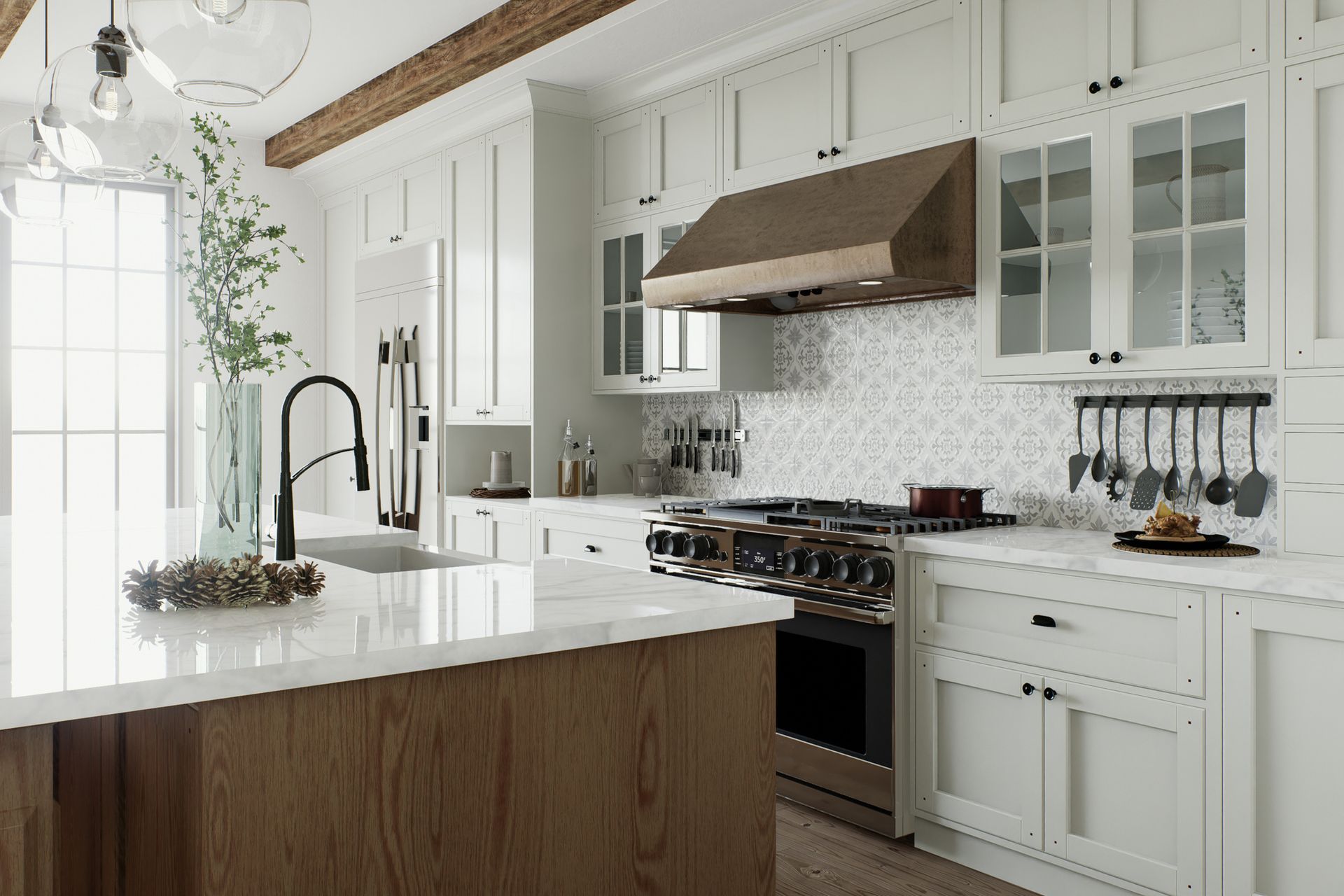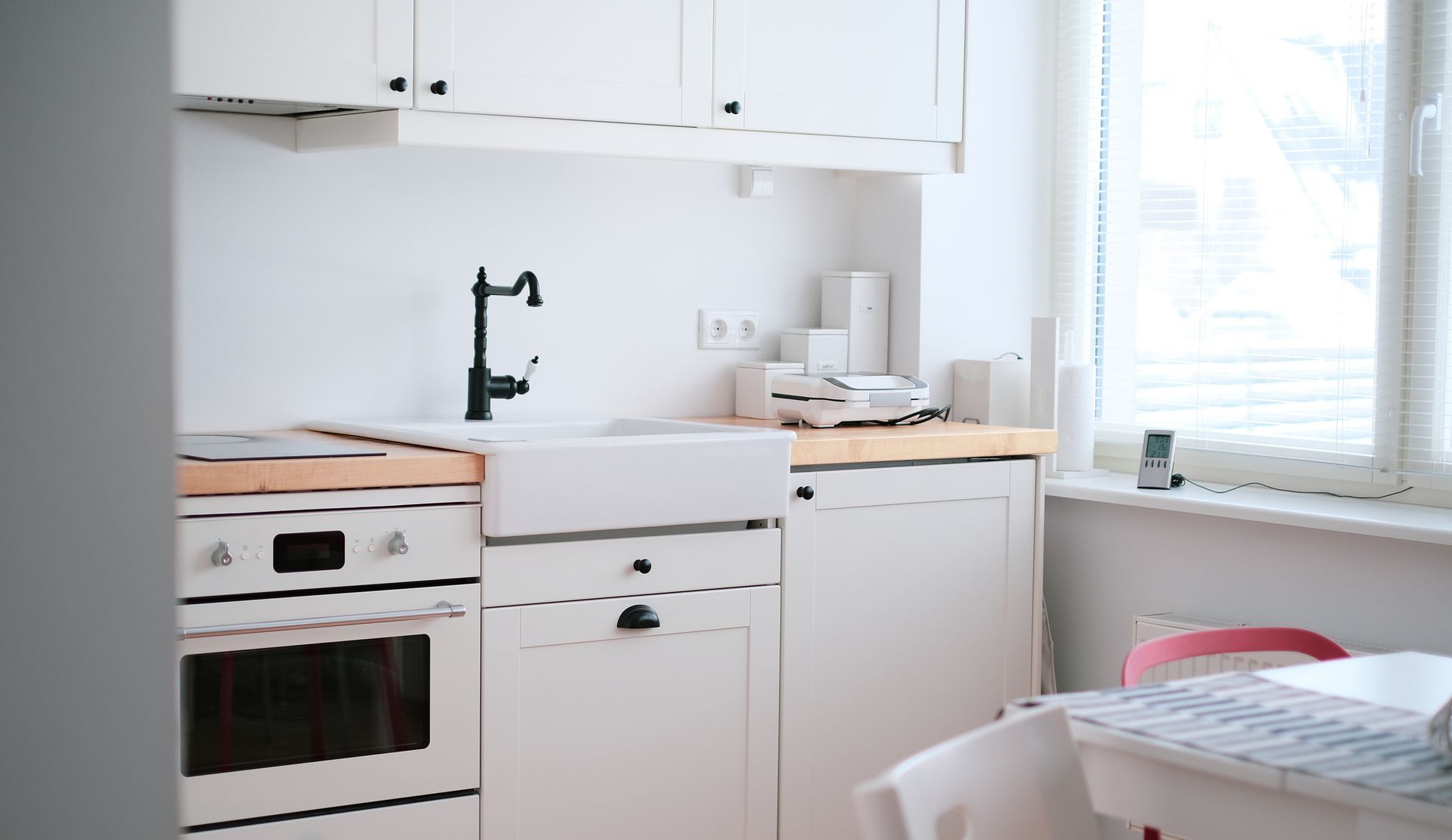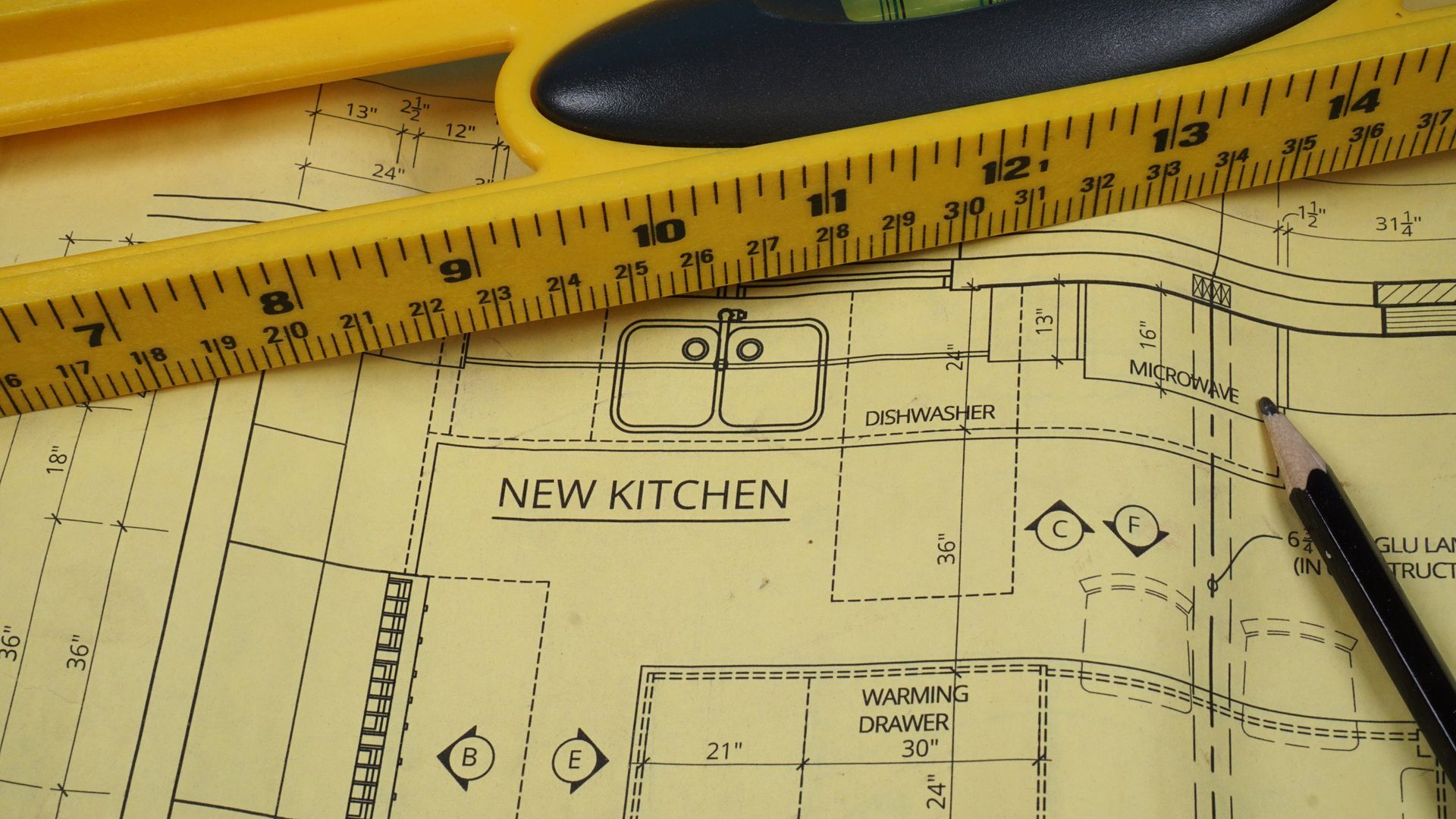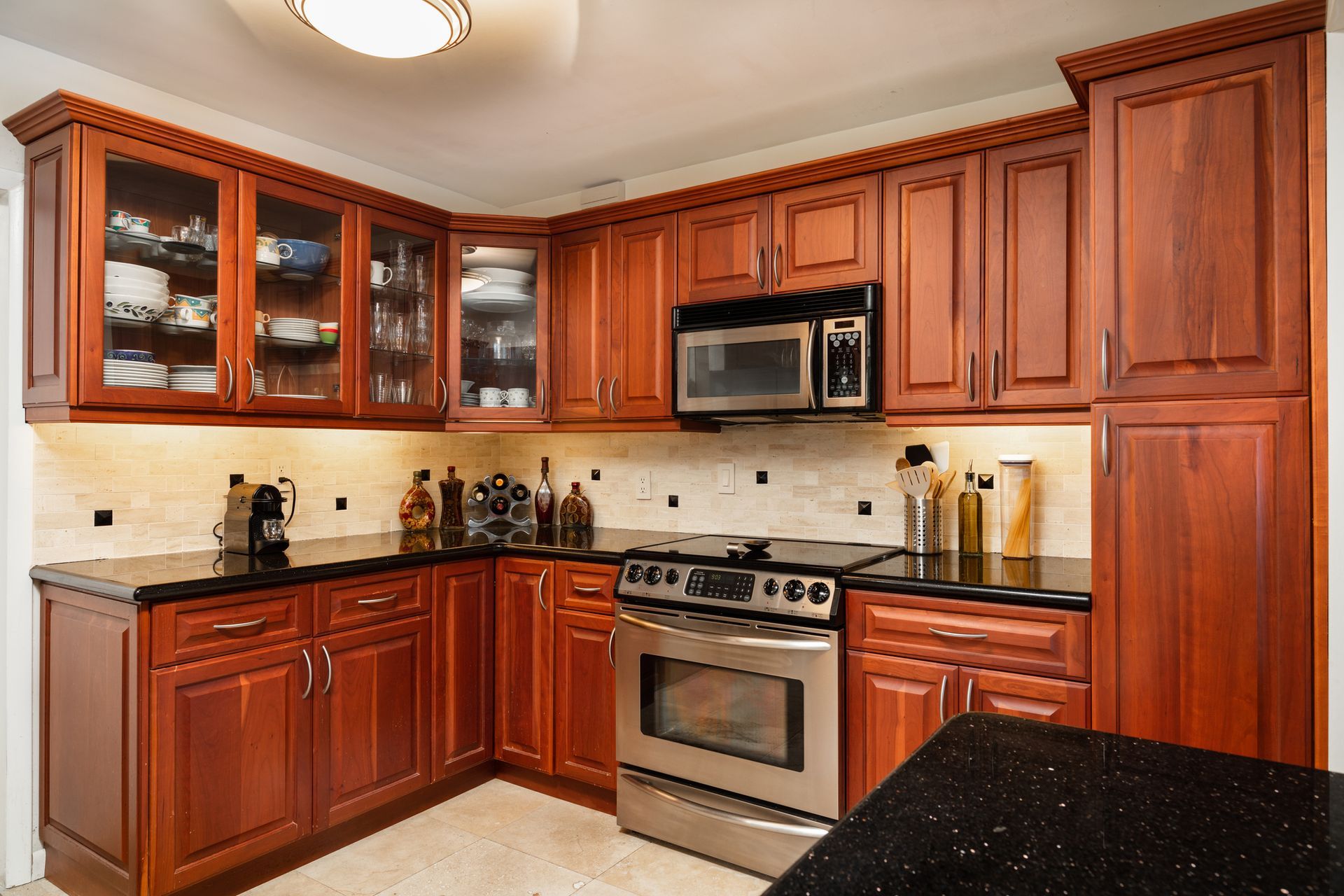Can Stained Wood Be Painted Over?
Painting over stained wood is a common project. Many Pittsburgh homes are older, and from a time where stain was more commonly used on trim than paint. It can be tricky to get the job done right, but it's definitely possible! Here are some tips and tricks for painting over stained wood so you get the best results.
Prepare the Surface
Before starting any project, the interior painters you have hired will prepare the surface properly. Depending on how big the job is, prepping the surfaces, and painting can take a while. It is important to take the time for preparation, especially with stained wood. Stained wood usually has a polyurethane sealant on top that will not allow the paint to adhere properly unless it is chemically removed or sanded down first. Your interior painters will use medium-grit sandpaper to scuff up the surface of the wood before applying primer and paint. This ensures that there’s enough texture for the new coating to bond with the old one.
Wipe Down and Prime the Surface
Once they've sanded the wood, they will need to wipe it down with tack cloth which will help remove any wood dust particles or residue. It will be important to avoid using paper towels or other clothes because these types of towel will not properly clean the wood, and can leave behind pieces on the wood, making it dirtier than before.
Coat the Wood with Primer
Applying a primer is important. Many DIY painters will choose to skip the primer after sanding, considering it sufficient, but this is not the case. Using a primer is essential for interior painting projects as it will give the new paint a better chance of adhering to the surface. Make sure you use a quality primer designed specifically for wood surfaces.
Wipe Down the Primed Wood
Once the primer is fully dry, it is important to use a fresh tack cloth to wipe away any thicker wet spots. Same as mentioned above, it is important not use paper towels for this step. Some people even opt to sand the primer lightly with a fine grit, but this depends on the primer.
Paint Your Prepared Interior Wood
If the project at hand features furniture or cabinets, a brush and roller are ideal for getting into crevices and corners. However, if you’re painting large flat surfaces like walls , spraying is more efficient. Spraying paint instead of rolling it requires a bit more technique so that overspray does not become a problem. Rollers will often give a more even finish and texture, and even adhere better.
With the proper preparation and techniques, painting over stained wood can be successful! Keep these tips in mind when tackling your next interior paint job.
Use a Professional Interior Painter
Our team of interior painters has the expertise and the tools needed to transform your interior walls, trim, doors, and other areas, including areas with stained wood. Contact us today to learn more about our interior painting services.

Author: Derek Obringer
Owner & Founder of Obringer's Painting and Remodeling, Derek Obringer brings attention to detail, together with experience, and superior customer service into each and every home that his company does work.
Painting And Remodeling Blog

